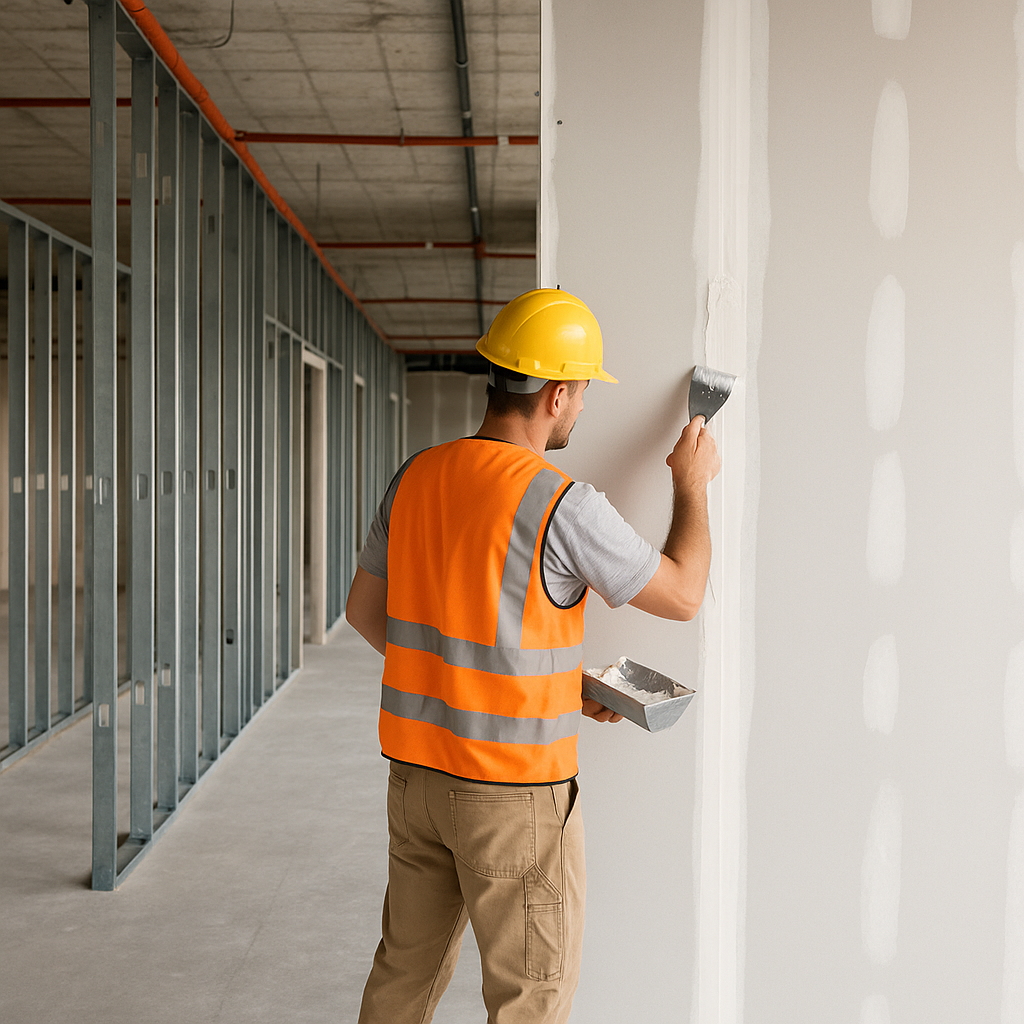
High-end finishes in drywall construction demand more than a smooth surface—they require precision, coordination, and detailed estimating that captures every nuance of the design intent. Whether the scope involves Level 5 finishes, custom reveals, radius walls, or architectural lighting integrations, these aesthetic upgrades carry hidden costs that can disrupt budgets if overlooked. For architects, engineers, and general contractors, accurate estimating for premium finishes is not just about quantity—it’s about aligning with quality expectations from day one.
High-end drywall finishes go beyond the standard Level 3 or Level 4 finishes commonly used in commercial or residential interiors. They often include:
These details may look minor on paper, but they drastically change the labor profile and sequencing requirements in the field.
Standard drywall estimating models fall short when accounting for complex finishes. Some key cost drivers include:
Estimators must adjust labor outputs, waste factors, and overhead assumptions accordingly.
By utilizing a drywall estimating system that supports wall-type and finish-level tagging, estimators can dynamically assign the correct cost profiles to each surface. Advanced tools also help align design features with production expectations, giving teams the ability to flag cost outliers and critical finish zones early in preconstruction.
This is particularly important in hospitality, healthcare, and Class-A office projects where aesthetics and durability drive material selection and install precision.
With Active Estimating, teams can create reusable templates for high-end finishes, complete with labor curves, accessory types, and production sequencing built in. This allows estimates to adjust as designs evolve—without losing connection to the field realities that impact install timelines and finish quality.
Estimators can also integrate production tracking data from past projects to validate assumptions or highlight underperforming scopes. By building continuity between estimating and field execution, Active Estimating supports predictable outcomes on even the most visually demanding builds.
High-end drywall finishes are an opportunity to make a design statement—but they also introduce risk if not accurately estimated. By elevating your estimating approach to include finish-specific detail, verified labor assumptions, and tech-enabled w
Schedule a personalized demo to see how Active Estimating can work for your specific needs.
